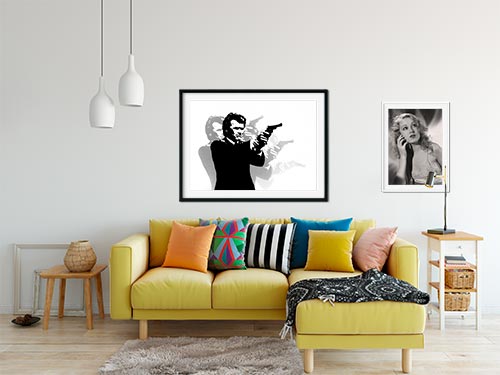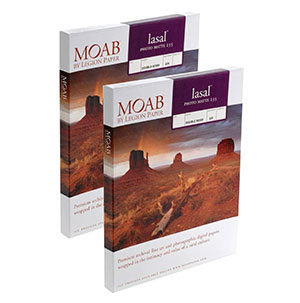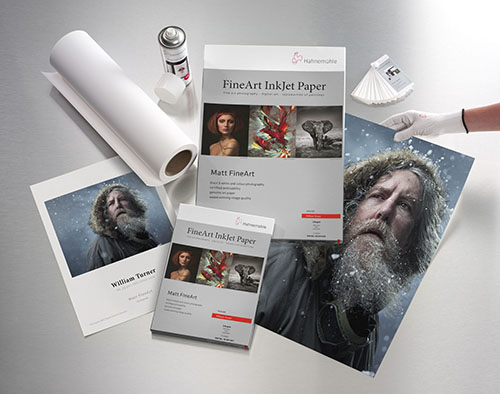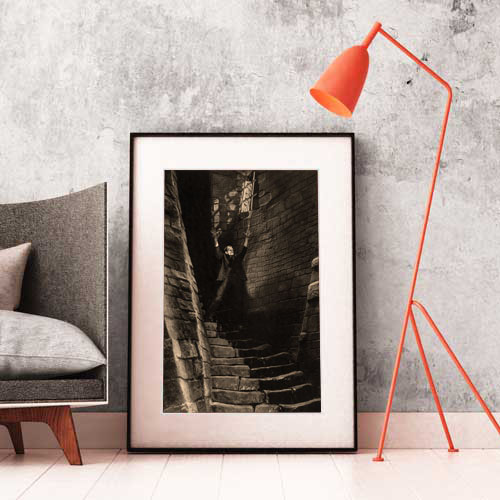Stunning publicity shot featuring King Kong climbing the mountain "backdrop" while holding the unconscious Fay Wray (Ann Darrow) in his left hand.
King Kong is a 1933 American pre-Code adventure horror monster film directed and produced by Merian C. Cooper and Ernest B. Schoedsack, with special effects by Willis H. O'Brien. Produced and distributed by RKO Radio Pictures, it is the first film in the King Kong franchise. The film stars Fay Wray, Robert Armstrong and Bruce Cabot. In the film, a giant ape dubbed Kong captured from Skull Island attempts to possess a beautiful young woman. King Kong opened in New York City on March 2, 1933, to rave reviews, and has since been ranked by Rotten Tomatoes as the greatest horror film of all time and the fifty-sixth greatest film of all time.
In 1991, it was deemed "culturally, historically and aesthetically significant" by the Library of Congress and selected for preservation in the National Film Registry. A sequel, titled Son of Kong, was fast-tracked and released the same year, with several more films made in the following decades, including two remakes that were made in 1976 and 2005 respectively, and a reboot in 2017. The backdrop of the island seen when the Venture crew first arrives was painted on glass by matte painters Henry Hillinck, Mario Larrinaga, and Byron C. Crabbé. The scene was then composited with separate bird elements and rear-projected behind the ship and the actors. The background of the scenes in the jungle (a miniature set) was also painted on several layers of glass to convey the illusion of deep and dense jungle foliage.
The most difficult task for the special effects crew to achieve was to make live-action footage interact with separately filmed stop-motion animation – to make the interaction between the humans and the creatures of the island seem believable. The most simple of these effects were accomplished by exposing part of the frame, then running the same piece of the film through the camera again by exposing the other part of the frame with a different image. The most complex shots, where the live-action actors interacted with the stop-motion animation, were achieved via two different techniques, the Dunning process and the Williams process, in order to produce the effect of a traveling matte.
The Dunning process, invented by cinematographer Carroll H. Dunning, employed the use of blue and yellow lights that were filtered and photographed into the black-and-white film. Bi-packing of the camera was used for these types of effects. With it, the special effects crew could combine two strips of different films at the same time, creating the final composite shot in the camera. It was used in the climactic scene where one of the Curtiss Helldiver planes attacking Kong crashes from the top of the Empire State Building, and in the scene where natives are running through the foreground, while Kong is fighting other natives at the wall.
Product Enquiry
Kodak Professional Endura Paper
Kodak Endura papers provide an incredible amount of detail and smooth transition of tones. Designed for the professional photographer in mind, looking for a more traditional photo print style, Kodak Endura provides an extended print life and color gamut almost at the level of a high end fine art paper print.
Archival Matte Paper
Archival Matte Paper, also known as Moab Lasal Photo Matte, is our house stock fine art paper and is an economical favorite for fine art reproductions and photo prints. It features a smooth surface, heavy weight (230 g, 9.5-mil), neutral white, matte paper engineered for accurate color reproduction that provides high contrast and high-resolution output. This paper is acid-free, making it the perfect choice for both photography & fine art reproductions.
Giclee William Turner Paper by Hahnemühle
The William Turner by Hahnemühle is one of the most popular papers used in the Giclee printing industry. This is a 310g natural white mould made natural line paper with 100% rag content making it highly archival. It has a slight coarse texture which gives photos and artwork an elegant look. These fine art paper prints (also known as Giclee) are ordered by galleries, individual artists and photographers. The papers and inks are not only archival but use some of the most accurate print technology for full color prints.
- Giclee prints use very expensive archival pigmented inks.
- Highest level of color gamut available in printing (12 color printing).
- Exceptional black & white printing.
- Fade resistant, pigmented inks which provide a superior color range compared to other types of inks. Widely preferred in fine art and photography circles.
- We ONLY use professional grade fine art and photo paper that resist yellowing and aging.



Framing
We offer wood and metal frames, custom cut & joined to order. Each framed print includes hanging hardware and foamcore backer.
Matting
We use conservation grade 100% virgin alpha-cellulose 2 ply mats with white core. Acid-free and lignin-free, these are both face resistant and meet all conservation quality standards set by the Fine Art Trade Guild. Mats are digitally cut for ultimate precision. The window will be 1/8″ smaller than the print dimensions.
Glazing (Acrylic Glass)
We offer custom cut panes of shatter-proof, acrylic glass, to protect your valuable artwork and prints.
Premium Clear
Framing grade clear acrylic is shatter resistant and lightweight.
Reflection Control
With its matte finish, Tru Vue Reflection Control® Acrylic scatters light to diminish unwanted glare.
Conservation Clear
Tru Vue Conservation Clear® Acrylic is a framing industry staple, blocking up to 99% of UV rays for ultimate protection.
Conservation Reflection Control
Tru Vue Conservation Reflection Control® Acrylic scatters and diffuses light to reduce unwanted glare. Blocks up to 99% of UV rays.







